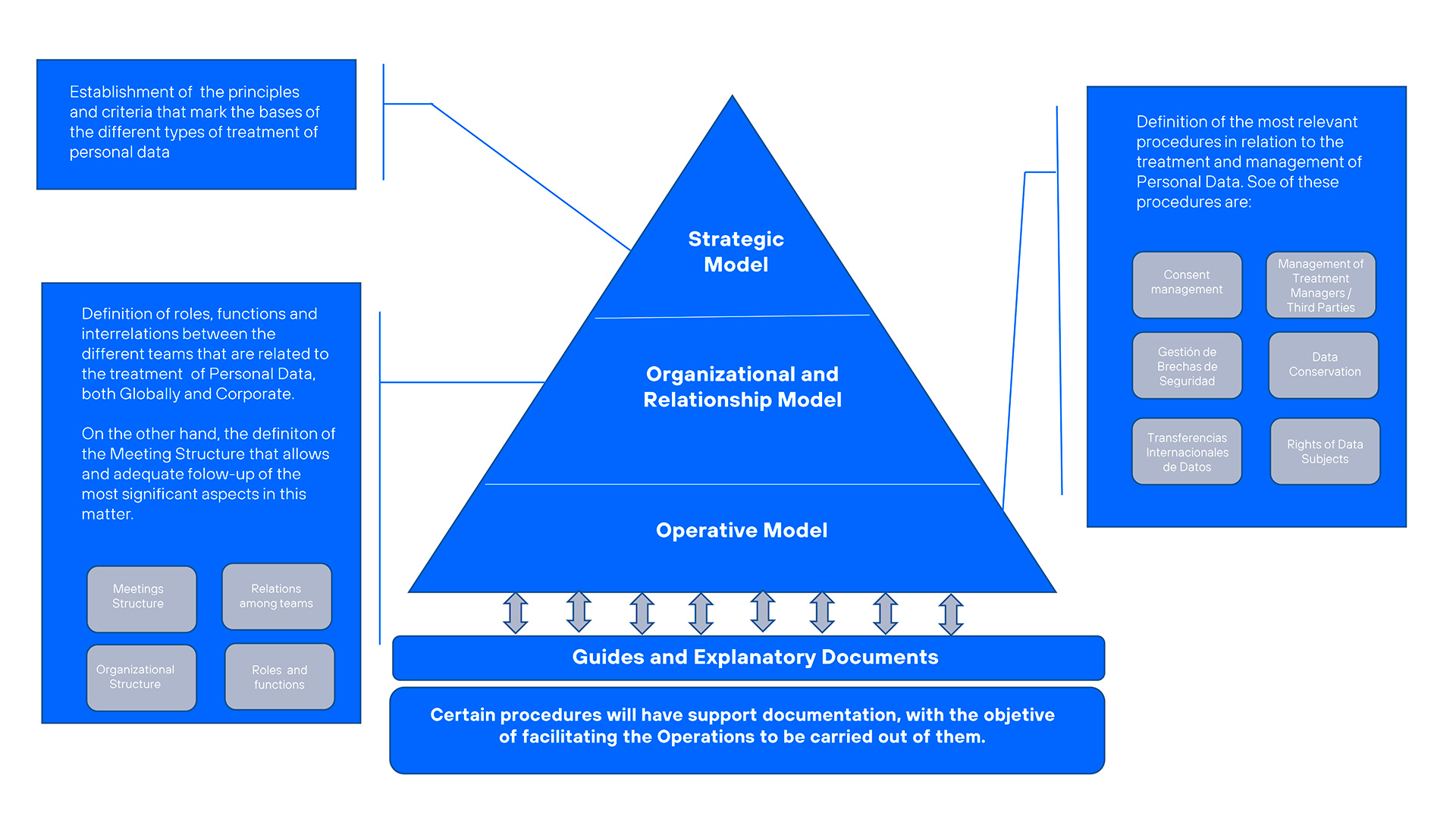
Microsoft’s Commitment to User Privacy: What You Need to Know
In our increasingly digital world, where data is the currency of the internet, understanding privacy dynamics is paramount. Microsoft, a titan in technology, has recently reaffirmed its commitment to user privacy through mandatory and transparent data practices. With a sprawling network of 829 partners, the ways in which our data is used can feel overwhelming, but the company’s approach offers an opportunity for users to regain control.
The Mechanics of Data Usage
Microsoft and its partners employ cookies for various purposes. These tools help to personalize your experience by utilizing unique IDs. By logging into Microsoft’s services, you consent to this use, which might feel intricate, but at its core, it boils down to two principles: consent and legitimate interest.
As a user, you may find it easy to dismiss the small print, but knowing how your data is used should matter to you. According to Microsoft, they actively process data to optimize content delivery, ads, and improve overall service quality. You may even have noticed personalized content in your Microsoft Bing searches, which is the result of these practices.
Exploring the implications of data privacy in the tech world.
How Consent Shapes Your Experience
Every time you visit a Microsoft site or use its services, you are presented with choices. The dialogue might seem repetitive:
- I Accept: This option allows you to agree and enjoy fully personalized content.
- Manage Preferences: Here, users can control which types of data processing they consent to.
This framework empowers users, allowing us to tailor our experience according to our comfort levels with data sharing. Yet, it also raises questions about how aware we truly are regarding our preferences. For those tech-savvy and privacy-conscious individuals, this feature could feel like a welcome shield, but what about the average user?
Transparency and Accountability
One crucial aspect of Microsoft’s strategy revolves around transparency. They have laid out a clear framework for users to understand the nature of data processing. Features like precise geolocation, device identification, and targeted advertising might sound like fancy jargon, but each one represents a real influence on what content we consume daily.
“We share this information with our partners on the basis of consent and legitimate interest,” states the core data sharing principle. This reinforces the notion that your data is not just floating in the ether; it’s being used to create a tailored experience—but visibility into this can sometimes be murky at best.
The Balance of Personalization and Privacy
In my life as a tech user, I’ve seen the stark contrasts between personalization and privacy. There are days I revel in the benefits of personalized recommendations, from music playlists to tailored news feeds. Yet, I often find myself wrestling with the aftermath of these conveniences. Each click feels like I’m inching closer to being categorized rather than being seen as an individual.
Despite the initial discomfort, I’ve come to appreciate companies like Microsoft that give me the faculty to understand and manage my digital footprints. It’s a balancing act between enjoying a catered experience and cooking up a defensive shield against excessive data gathering.
 Finding the equilibrium between personalization and data privacy in a digital age.
Finding the equilibrium between personalization and data privacy in a digital age.
Recommendations for Users
If you are like me and see the value in both privacy and personalized content, it’s crucial to regularly assess your consent preferences. Here’s a quick rundown of some steps to take:
- Review Preferences Regularly: Check your settings to ensure they reflect your current comfort level. Technologies change rapidly, alongside our privacy needs.
- Stay Informed: Follow updates regarding data practices from Microsoft and similar companies. The more you know, the better you can protect yourself.
- Exercise Your Rights: If you feel overwhelmed, Microsoft provides options to object to certain types of data processing. It’s your data; exercise your rights!
Conclusion
In conclusion, technology companies like Microsoft are making strides to ensure user privacy is a priority in the face of mounting scrutiny. However, it remains our duty as users to maintain an active role in managing our consent choices today. By engaging thoughtfully with these platforms, we can enjoy their services while still asserting our privacy rights. After all, in this interconnected age, awareness and proactivity are our best tools for navigating the complex landscape of data privacy.
As we move forward, let’s stay vigilant and informed about how our data is used, ensuring that our online choices reflect our preferences and values. We are not just passive consumers of technology; we are stakeholders in the ongoing conversation about privacy.
 Empowering users to take control of their digital privacy.
Empowering users to take control of their digital privacy.














